It’s difficult to wrap your head around tragedy when it strikes so close to home. The recent Yelewata attack in Guma Local Government Area of Benue State left scars on a whole community — scars that won’t heal quickly, if ever. Among the chaos and heartbreak, one story cautiously shines through: that of Aondosoo Targule Aya, a 10-month-old baby who, against all odds, survived a brutal machete attack that killed most of his family. I honestly find it both heartbreaking and somehow hopeful that this little boy pulled through.
The Harsh Reality of the Attack
During the rampage, which has been widely reported as carried out by Fulani herdsmen, more than 200 people lost their lives. It was mostly children, women, and the elderly that bore the brunt of this violence. Aondosoo’s family was not spared — in fact, only he survived. The others, including his mother and three siblings, were tragically killed. Imagine what that must feel like as a father, holding onto the tiny hope of one surviving child while grieving for the rest. It’s almost too much to comprehend.
Also read: Growing Up Right Before Our Eyes: How Chip and Joanna Gaines’ Girls Are Changing
Aondosoo himself was injured, a deep machete cut on the left side of his buttocks. For such a small child, the trauma — both physical and emotional, I suppose — must be overwhelming. It’s hard not to wonder how he is coping, and how the family is trying to make sense of this loss.
A Ray of Hope: Medical Care and Recovery
The baby was admitted to the Benue State University Teaching Hospital (BSUTH) in Makurdi, where he received care for several months. His discharge was announced recently, on July 17, 2025, symbolizing an important step towards healing. The hospital’s acting head of Public Relations, Tsenzughul Moses, released a statement detailing Aondosoo’s recovery, which frankly feels like a rare piece of good news amid otherwise bleak headlines.
Aondosoo’s father, Aya Targule, shared some thoughts after his son was discharged. He didn’t just thank the hospital and the State Emergency Management Agency (SEMA) for their roles in Aondosoo’s care, but also paid tribute to the doctors and nurses who worked tirelessly to save the baby’s life. There’s something deeply human in expressing gratitude like that — it reminds us how important compassionate care is, especially in moments of severe crisis.
Targule’s words felt raw and real, expressing a mixture of relief, sorrow, and cautious hope. He made a prayer, hoping that the healthcare workers would be blessed and rewarded for their kindness. I can’t help but think about how many such heroes there are behind the scenes in conflict zones, doing what they can to keep even just a few sparks of life burning.
What Now for Aondosoo?
There’s a bittersweet note I noticed when reading about the family’s plans moving forward. With their home lost or unsafe, they’re faced with uncertainty. Aondosoo’s aunt will take him in on the North Bank area, while his father returns to an Internally Displaced Persons (IDP) camp at the International Market in Makurdi. It’s a cruel twist — survival doesn’t automatically mean peace or stability.
Also read: The Difficult Journey of Bill Hemmer: Beyond the Anchor Desk
One can almost feel the weight of the unknown pressing down: Will Aondosoo’s childhood be anything like other children’s? How does a family begin to rebuild when so much has been lost? These are questions that don’t have easy answers.
Reading about Aondosoo felt like peering into the complicated aftermath of violence, where the line between hope and despair is very thin, and the future uncertain. It’s not a neat or simple story, and that’s what makes it… real. Sometimes, survival itself is a small victory — one that offers a glimmer of possibility, even in the darkest of times.

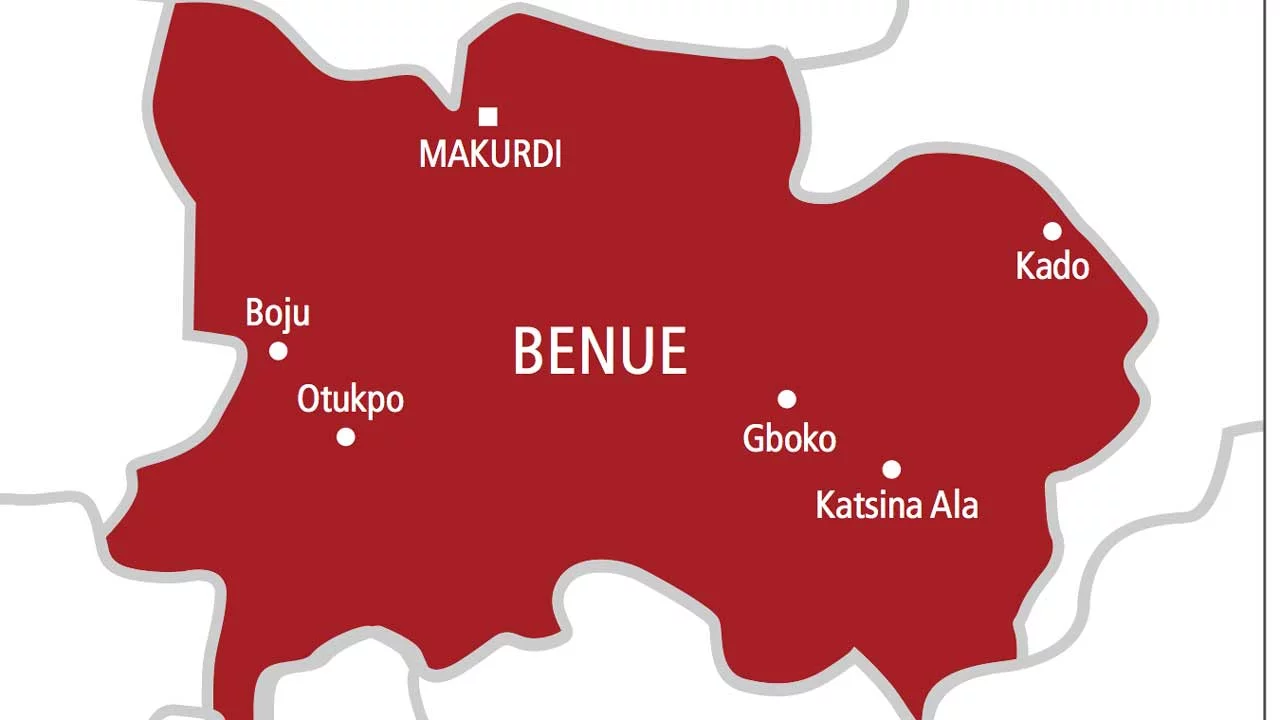

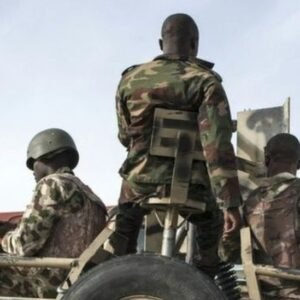

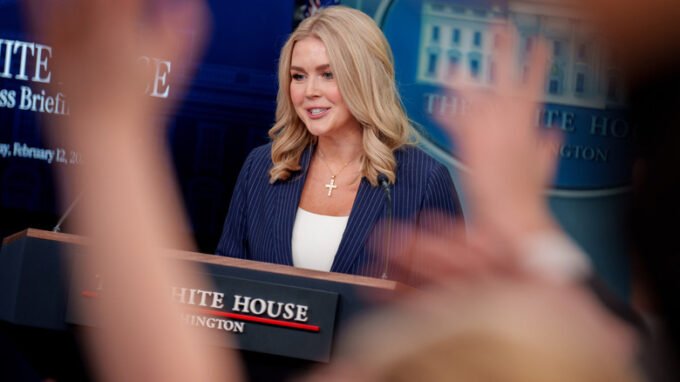



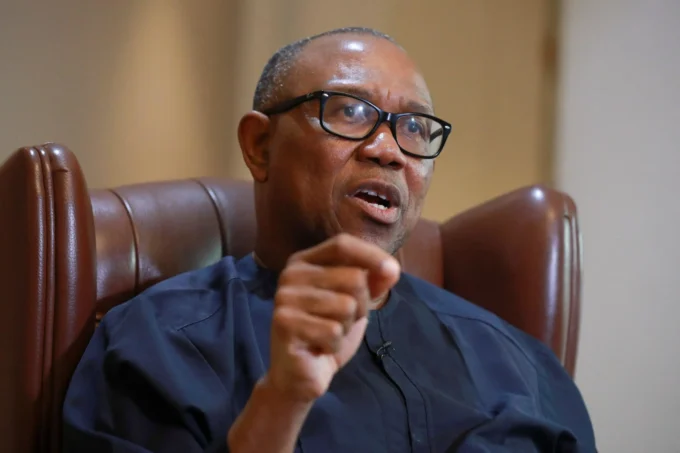

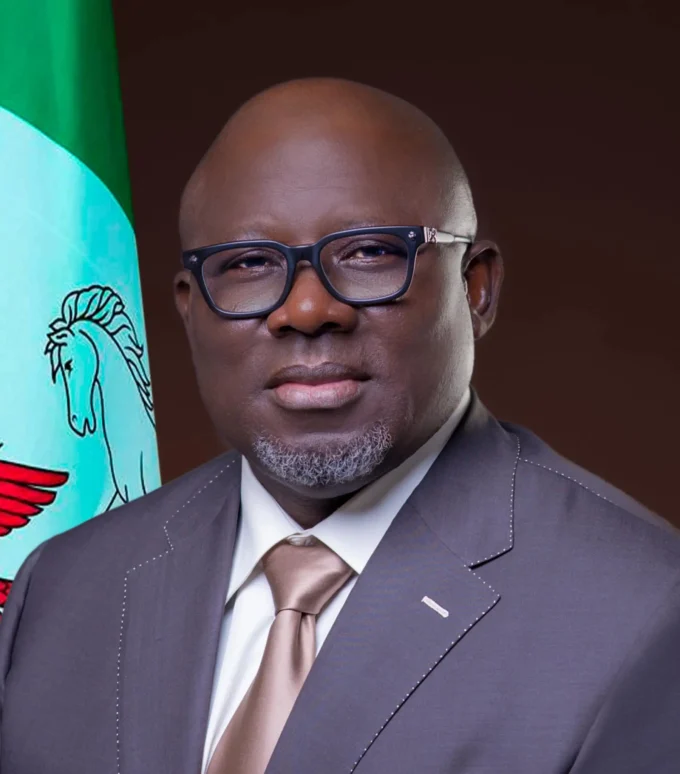



Leave a comment